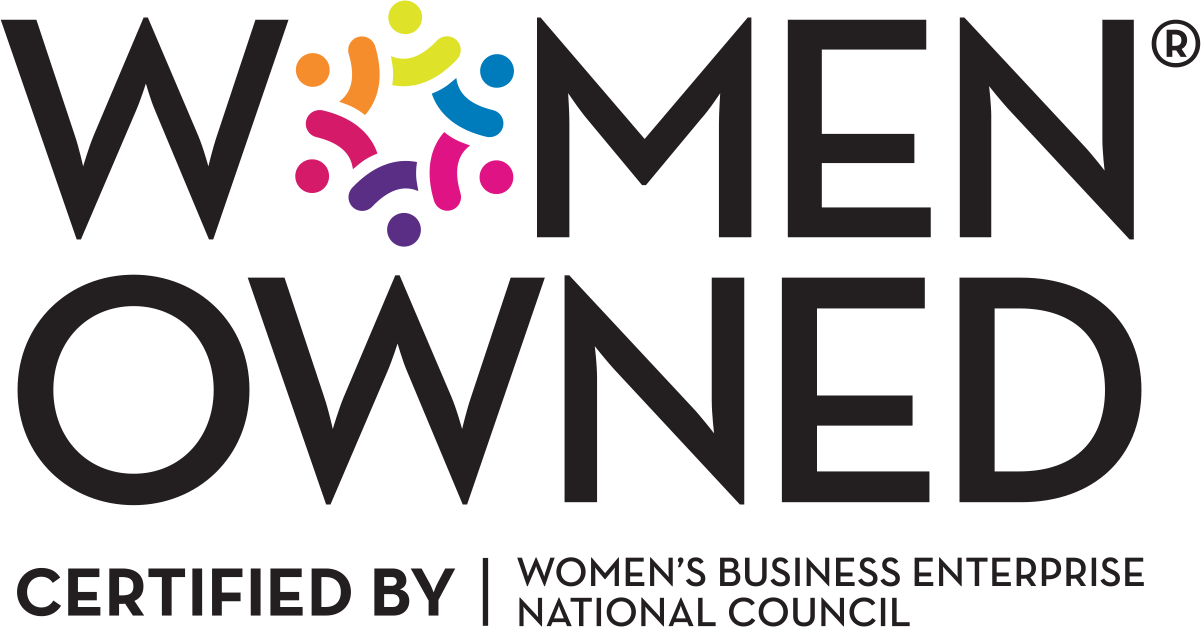Thanks to the 1659 invention of the first magic lantern by Christiaan Huygens, we’ve been able to experience an illusion of life combined with fantasy. From film to TV shows and, of course, commercials, we now can watch invented realities on any size screen.
One way companies can stand out from the plethora of videos on the web and in commercials is to use animation to create a colorful and entertaining video. According to some, the first image ever broadcast was a picture of Felix the Cat. TV and animation have been linked from the beginning, so animated TV commercials naturally followed. Animation has become an important tool for clear, imaginative communication over the decades. Besides, with animation anything really is possible — though it can be time-consuming and therefore costly.
Animation in commercials is now commonplace — not just because it’s popular but also due to lower costs of today’s technology and the boom in post-production studios offering animation and special effects. With the accessibility of high-powered personal computers, streamlined animation software and the advent of more college-level programs that include animation in their curricula, advertising and marketing agencies can now handle some of the tedious processes in-house, which makes an animated video or TV spot more affordable today than ever before.
Animation Becomes All the Rage
Animated commercials have been used to sell just about everything you can think of, to every type of audience. Ford Motor Company used Charles Shultz’s Peanuts characters to market the Ford Falcon to adults in 1960. Cereal companies have long used animation to market to children (OK, to adults, too), such as the long-running series of Cap’n Crunch commercials, which ran from 1963 to 1984 and were originally animated by Jay Ward Productions, famous for the Rocky and Bullwinkle franchise.
One of the most entertaining and popular animated American commercials of all time was the California Raisins, created by the former Will Vinton Studios in the 1980s. The dancing claymation raisins, designed for the California Raisin Advisory Board, were such a hit that the characters later had their own TV shows, comic books and record albums. They even became the mascots for Post’s Raisin Bran cereal commercials. Will Vinton Studios later animated the first Red and Yellow M&Ms commercials, voiced by actors Jon Lovitz and John Goodman.
Fun Fact: Other famous M&M character voices included Stan Freberg, J.K. Simmons, Phil Hartman and Vanessa Williams.
Animation in today’s commercials includes a wide range of possibilities. For example:
- Graphics in 2D animation and traditional-looking digital-cel animation
- Filmed dimensional animation, such as claymation and stop-motion
- Computer-generated (CG) 3D animation characters inside complete virtual environments and/or integrated with live-action footage (think Geico’s Maxwell the Pig ads)
It’s All in the (Preproduction) Planning
With animation for the web or TV, storyboarding the complete concept is crucial — not only for client or stakeholder sign-off, but also to make sure that concepts are solidified, the script is illustrated and the actions flow from scene to scene. Key actions need to be well-defined from the beginning so the illustrators, designers and animators don’t waste precious, and costly, time heading in the wrong direction.


The artistic style of the animation can be anything from hand-drawn to computer-generated through scripting, or even created using mostly still photos. Here’s an example of parallax-style animation Envoy created using still photos, music and text: https://vimeo.com/105908278
Sometimes the good old-fashioned, Saturday-morning animated look fits the concept, such as the animation we created for illustrated Roberts Dairy commercials from the 1990s:
Animations don’t have to be complex with a dozen layered elements. Sometimes, a simple, hand-built scene for a quiet holiday card gets your message across. Check out Envoy’s animated stop-motion 2015 holiday card: https://vimeo.com/148645094
And, there are times when you can combine multiple techniques in one video, like this one where we included digital-cel, stop-motion and motion graphics in different areas of the piece, which took around 60 hours of production time: https://vimeo.com/101622148
Enhancing Animation With Sound
Voice talent is another important aspect of animated spots. You have to do some research to find the right voice. The voice must fit the script and style, and it should have the right energy. Each character in the spot needs a personality, too, such as a sense of humor or an attitude.
Music can create a big effect in videos and commercials, evoking a sense of space or emphasizing the emotion of the piece. Don’t just choose any type of music for a video or commercial; give it careful thought. It’s also a good idea to stay away from music that you hear in every other commercial on TV (yet another ukulele tune?), as well as music with annoying elements or sounds (such as whistling).
Sound effects help complete the illusion and sell the animated actions as authentic. A good example is this hand-illustrated, computer-animated web video that Envoy created for Boys Town: There Are Thousands.
In fact, you can sometimes get a big effect with just music and a simple graphical treatment (and possibly lower animation costs), as this Hiland Dairy commercial exemplifies: https://vimeo.com/208894750.
Most businesses don’t have the need to employ full-time staff with animation capabilities, so finding an experienced agency is your best bet.


Recent Comments